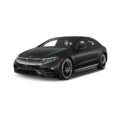McLaren GTS


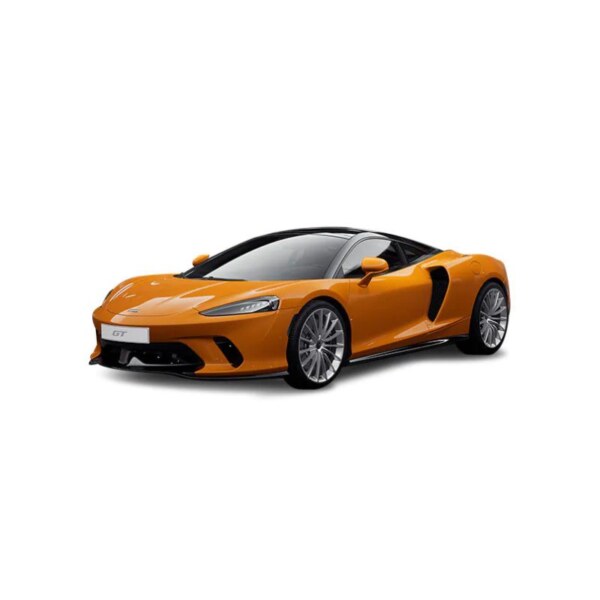


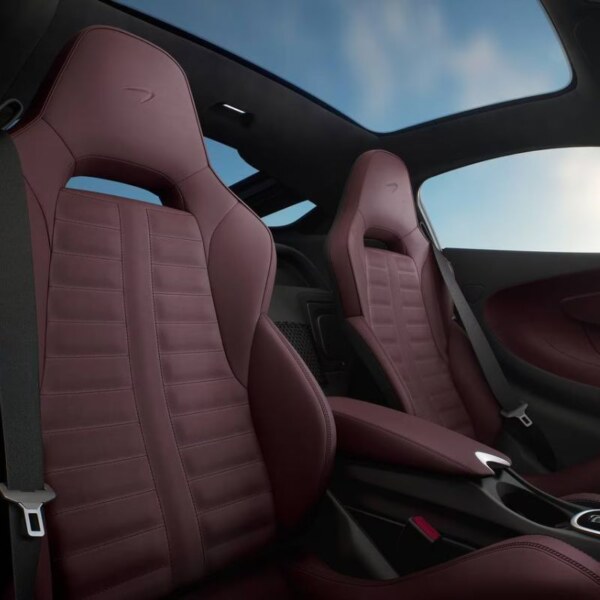
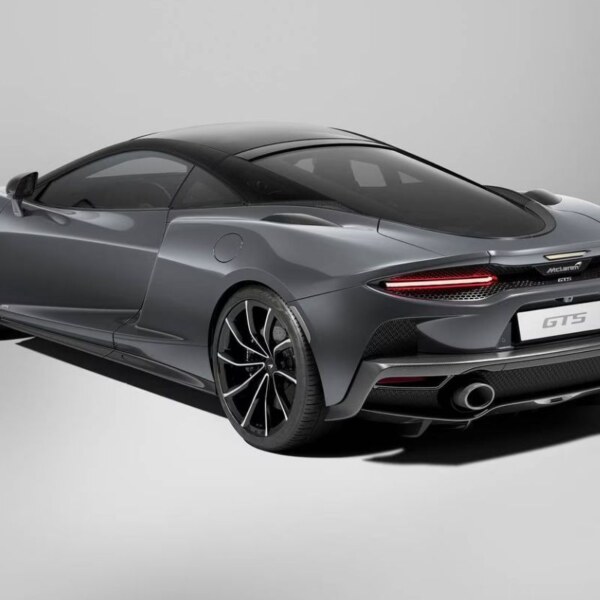
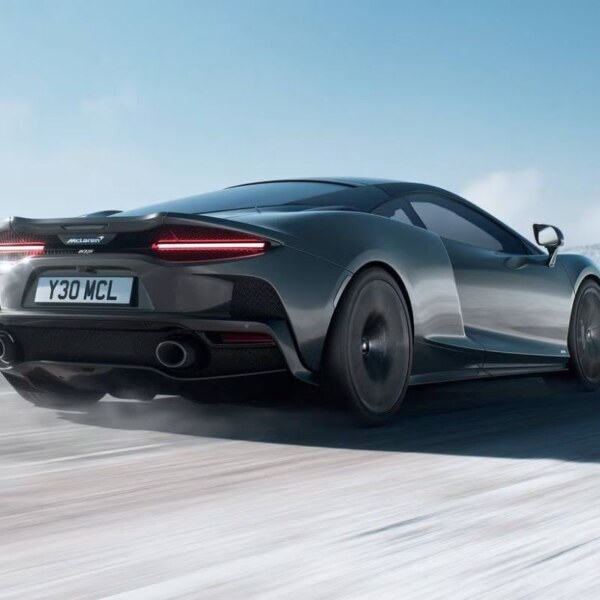
Specifications
Overview
| Models Car models are the different versions or designs of cars made by a manufacturer, each with unique features, styles, and configurations. | GTS Base |
| Year typically refers to the model year of a vehicle, which indicates its design and production cycle rather than the actual manufacturing date. | 2025 |
| Combined MPG Combined MPG is the average number of miles a vehicle can travel per gallon of fuel, calculated by blending city and highway driving figures. | 18 MPG |
| Drive Type A car's drive type refers to which wheels receive power from the engine. For example, front-wheel drive (FWD) powers the front wheels, rear-wheel drive (RWD) powers the rear, and all-wheel drive (AWD) or four-wheel drive (4WD) power all four wheels. | rear wheel drive |
| Total Seating Car total seating refers to the maximum number of passengers a car can accommodate, including the driver. | 2 |
| Curb Weight Car curb weight is the weight of a vehicle with all standard equipment, fluids, and a full tank of fuel, but without passengers or cargo. | 3,362 lbs. |
| Dealerships Car dealerships are businesses that sell new or used vehicles directly to consumers, often providing financing, trade-ins, and maintenance services. |
7865 Roswell Road, Atlanta, Georgia 30350 |
Fuel & MPG / Battery & Range
| Fuel type Fuel type refers to the kind of energy source used to power an engine or appliance, such as gasoline, diesel, electricity, or alternative fuels. | Premium unleaded (required) |
| EPA city/highway MPG EPA city/highway MPG refers to the estimated miles per gallon a car gets in city driving and on highways, as measured by the U.S. Environmental Protection Agency. | 15/22 MPG |
| EPA combined MPG EPA combined MPG stands for Environmental Protection Agency Combined Miles per Gallon. It estimates a vehicle’s fuel efficiency by averaging its performance in both city and highway driving conditions. | 18 MPG |
| Range in miles (city/hwy) Car range refers to the distance a vehicle can travel on a full tank of fuel (or a full battery charge) and is usually measured separately for city driving—which often gives a lower range due to stop-and-go traffic—and highway driving, where steady speeds generally result in a higher range. | 285.0/418.0 mi. |
| Fuel tank capacity A car's fuel tank capacity is the maximum amount of fuel it can hold, usually measured in liters or gallons. | 19.0 gal. |
| CO2 Emissions Car CO₂ emissions refer to the amount of carbon dioxide released into the atmosphere by a vehicle’s engine as it burns fuel. | 8.1 tons |
Engine
| Base engine size The car’s base engine size usually refers to its engine displacement, which is the total volume of all the cylinders (measured in liters or cubic centimeters). | 4.0 L |
| Cylinders Car cylinders are the chambers in an engine where the combustion of fuel occurs, driving pistons to create mechanical power. | V8 |
| Base engine type A car’s base engine type refers to its fundamental design—typically the configuration (like inline, V-type, or boxer) and the fuel it uses (gasoline, diesel, etc.). | Gas |
| Horsepower Car horsepower is a unit of power that measures how much work an engine can perform, with one horsepower roughly equal to 746 watts. | 626 hp @ 7,500 rpm |
| Torque Car torque is a measure of the engine's twisting force, indicating its ability to accelerate the vehicle and overcome resistance. | 465 lb-ft @ 5,500 rpm |
| Valves Car valves are engine components that control the intake of air and fuel and the exhaust of combustion gases. | 32 |
| Cam type generally refers to the configuration of an engine’s camshaft(s). For example, engines can have a single overhead cam (SOHC) or dual overhead cam (DOHC) layout, each affecting valve timing and engine performance differently. | Double overhead cam (DOHC) |
| Valve timing Valve timing is the process of precisely controlling when the engine's intake and exhaust valves open and close to optimize performance and efficiency. | Variable |
Towing & Hauling
| Max Towing Capacity | N/A |
Drivetrain
| Transmission A car transmission is the system that transfers power from the engine to the wheels, using different gear ratios to control speed and torque. | 7-speed automated manual |
| Drive Type A car's drive type refers to which wheels receive power from the engine. For example, front-wheel drive (FWD) powers the front wheels, rear-wheel drive (RWD) powers the rear, and all-wheel drive (AWD) or four-wheel drive (4WD) power all four wheels. | Rear wheel drive |
Suspension
| Four-wheel independent suspension | Standard |
Dimensions
| Length | 184.4 in. |
| Overall width with mirrors | 82.5 in. |
| Height | 47.8 in. |
| Wheelbase A car's wheelbase is the distance between the centers of its front and rear wheels. | 105.3 in. |
| Manufacturer 0-60 mph acceleration time | 3.1 seconds |
| Turning circle The car turning circle is the smallest circular path a vehicle can complete, reflecting its maneuverability. | 39.7 ft. |
| Curb Weight Car curb weight is the weight of a vehicle with all standard equipment, fluids, and a full tank of fuel, but without passengers or cargo. | 3,362 lbs. |
| Country of final assembly A car’s country of final assembly is the nation where the vehicle is put together into its final form, regardless of where its parts were produced. | England |
Front Seat Dimensions
| Leatherette | Standard |
| Cloth | Standard |
| Height adjustable driver seat | Standard |
Rear Seat Dimensions
| Rear head room | N/A |
In-Car Entertainment
| Display size | 7.0" |
| Total speakers | 4 |
| AM/FM stereo | Standard |
| USB connection | Standard |
| USB with external media control | Standard |
| Satellite radio satellite radio | Standard |
Power Feature
| 2nd row fixed glass moonroof | Standard |
| Hands-free entry | Standard |
| Reverse tilt dual mirrors provides curb view when vehicle in reverse | Standard |
| Heated mirrors | Standard |
Instrumentation
| Trip computer | Standard |
| Compass | Standard |
| Tachometer | Standard |
| External temperature display | Standard |
| Clock | Standard |
Tires & Wheels
| Painted alloy wheels | Standard |
| Tires Size | 295/30R21 |
| Wheels Size | 21 x 10.5 |
Telematics
| Airbag Deployment Notification | N/A |
Warranty
| Basic | 10 yr./ unlimited mi. |
| Roadside Assistance | 3 yr./ unlimited mi. |
| Free maintenance | 3 yr./ unlimited mi. |
PROS
- Blazing acceleration with 0–60 mph in only 3.1 seconds.
CONS
- Limited practicality with just 2 seats and no towing capacity.
The McLaren GTS Base is a high-performance sports car powered by a 626-hp 4.0L V8 engine, sprinting 0–60 mph in just 3.1 seconds with a top speed of 326 km/h. Built in England with premium engineering, it delivers thrilling rear-wheel-drive handling, a sleek two-seat design, and an 18 MPG combined fuel efficiency—perfect for drivers who crave speed and sophistication.
Your question is: McLaren GTS Base?
Which question will you have about this car? Let’s justify these. There, we are including the major questions and answers about this car. So, let’s start now.
Where is the 2025 GTS Base manufactured?
Final assembly of the vehicle takes place in England.
What type of transmission does the 2025 GTS Base use?
It is equipped with a 7-speed automated manual transmission for lightning-fast gear changes.
What is the range of the 2025 GTS Base on a full tank?
With a 19-gallon fuel tank, it offers an estimated range of 285 miles in the city and up to 418 miles on the highway.


